Solo travel opens up a world of incredible photo opportunities, but it also comes with unique challenges. When you’re exploring alone, you become both the photographer and the subject, which means mastering techniques that work without a travel buddy to help out. The good news is that some of the most stunning travel photos come from solo adventures, where you have complete creative freedom and unlimited time to wait for that perfect shot.
From figuring out how to get yourself in the frame to staying safe while capturing amazing moments, solo travel photography requires a slightly different approach compared to group trips. Here are 15 essential tips that will help you document your solo adventures like a pro.
Master the self-timer
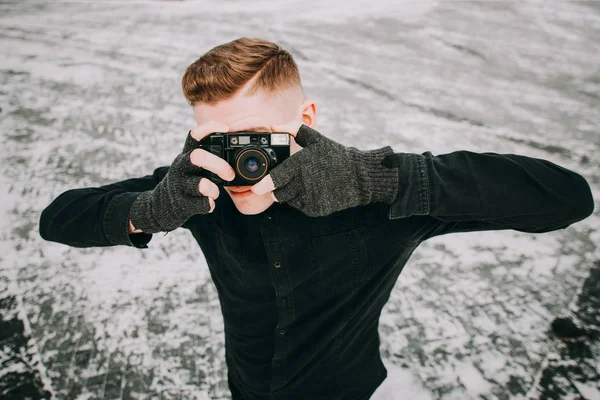
Your camera’s self-timer becomes your best friend when traveling alone. Most cameras and smartphones offer multiple timer options — typically 3, 5, or 10 seconds — which give you enough time to get into position after pressing the shutter. The key is finding stable surfaces or investing in a lightweight tripod that fits in your daypack.
Practice using the timer at home before your trip so you’re comfortable with the timing and can move quickly into your desired pose or position.
Find natural tripods everywhere
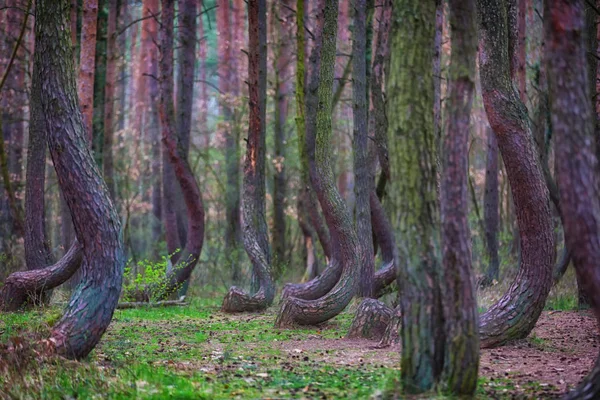
When you don’t have a tripod handy, the world becomes your stabilizing tool. Walls, rocks, park benches, and even your backpack can serve as makeshift tripods for your camera or phone. The trick is getting the right angle and height for your shot.
Stack books under your camera to adjust the height or use your camera bag as a cushioned base on uneven surfaces. This technique works especially well for landscape shots where you want to be in the foreground with a stunning backdrop behind you.
Like Travel Pug’s content? Follow us on MSN.
Use portrait mode for depth

Portrait mode on smartphones creates that professional-looking blurred background effect that makes you pop in travel photos. This feature works best when you’re about 3–8 feet away from your phone, so set up your shot accordingly.
The technology has gotten so good that even solo selfies can look professionally shot when you use portrait mode effectively. Remember that lighting plays a huge role in how well portrait mode works — it struggles in very low light or extremely bright conditions.
Take advantage of golden hour
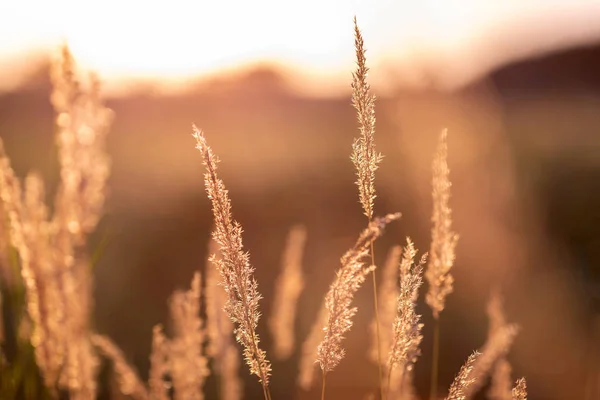
The hour after sunrise and before sunset provides the most flattering natural light for both landscapes and portraits. As a solo traveler, you have the flexibility to wake up early or stay out late without worrying about group schedules.
This lighting makes everyone look good and adds a magical quality to your photos that harsh midday sun simply can’t match. Plan your most important photo locations around these times, and you’ll notice an immediate improvement in your image quality.
Ask locals for help

Don’t be shy about asking strangers to take your photo — most people are happy to help, especially if you’re polite and speak a few words in the local language. Choose people who look approachable and aren’t in a rush, like couples enjoying a meal at a café or families taking their own photos.
Show them exactly what you want by taking a quick test shot, then hand over your camera or phone with the settings already adjusted. This approach often leads to great conversations and local recommendations too.
Like Travel Pug’s content? Follow us on MSN.
Learn basic composition rules
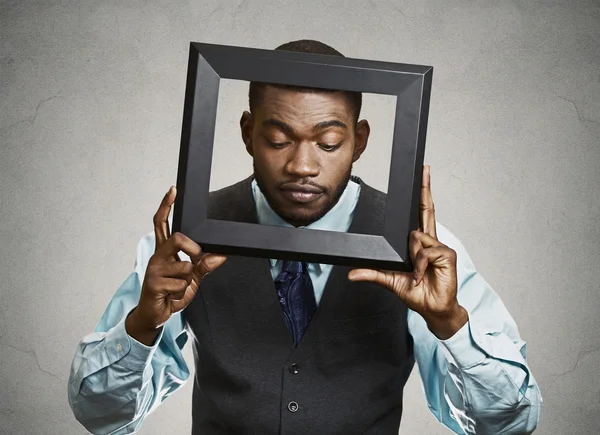
The rule of thirds transforms ordinary snapshots into compelling photographs. Instead of centering yourself in every shot, place yourself along one of the imaginary lines that divide your frame into thirds.
This creates more dynamic and visually interesting photos that draw the viewer’s eye naturally through the image. Experiment with leading lines like pathways, rivers, or architectural elements that guide attention toward you or your main subject.
Pack light photography gear
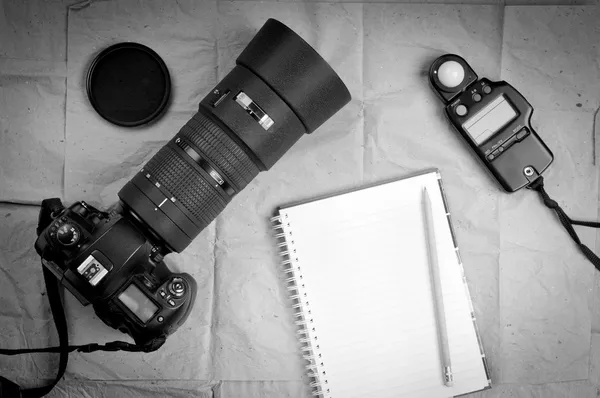
Your photography equipment needs to fit your solo travel style, which usually means prioritizing portability over professional features. A compact mirrorless camera or high-quality smartphone covers most situations without weighing down your pack.
Add a lightweight tripod, extra battery, and small microfiber cloth for cleaning your lens, and you’re set for most photography challenges. Remember that the best camera is the one you actually have with you when the perfect moment happens.
Capture candid moments
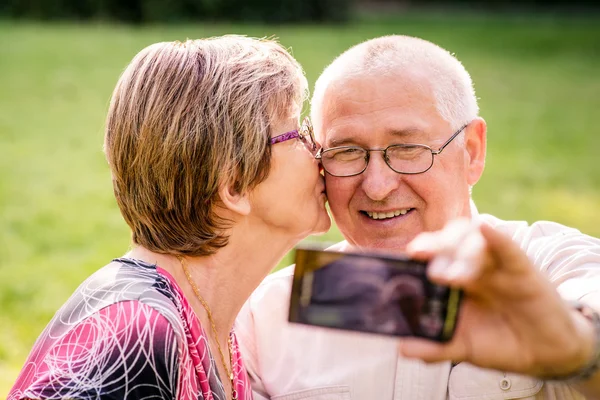
Some of the most memorable travel photos happen when you’re not posing or trying to get the perfect shot. Keep your camera easily accessible and snap pictures of everyday moments like ordering food, navigating with a map, or reacting to something unexpected.
These candid shots often tell a better story about your travel experience than perfectly posed tourist photos do. They also require no setup time, which is perfect for those spontaneous moments that make solo travel so rewarding.
Like Travel Pug’s content? Follow us on MSN.
Use airplane mode strategically

Switching your phone to airplane mode while keeping Wi-Fi enabled saves battery life and reduces distractions when you’re focusing on photography. This trick is especially useful during long photo walks or when you’re trying to capture sunrise or sunset shots that require patience.
You’ll still be able to backup photos to cloud storage when connected to Wi-Fi, but you won’t drain your battery with constant notifications and cellular searching.
Document your journey process
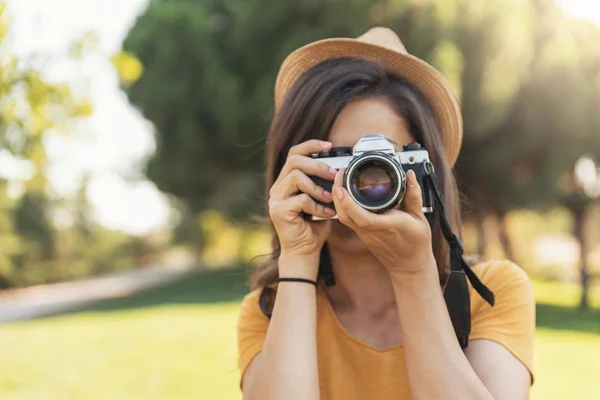
Take photos of more than just the famous landmarks and scenic views. Capture your travel process — the messy hostel room, the confusing train schedule, the local grocery store where you bought snacks.
These behind-the-scenes shots add context to your travel story and often become some of your favorite memories later. They’re also easy to take since they don’t require perfect timing or composition, just honest documentation of your experience.
Master low-light photography
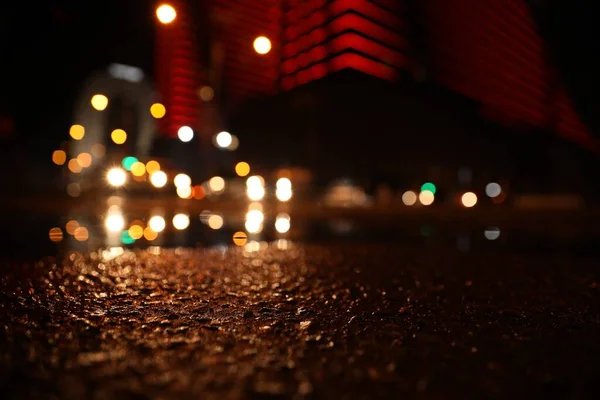
Solo travelers often find themselves out during blue hour or exploring dimly lit indoor spaces like markets or restaurants. Learn to work with available light instead of fighting it — sometimes grainy, atmospheric photos tell a better story than perfectly lit ones.
Increase your camera’s ISO setting, find stable surfaces to avoid camera shake, and embrace the mood that low light creates. Your phone’s night mode has probably gotten much better in recent years, so experiment with it in various situations.
Like Travel Pug’s content? Follow us on MSN.
Create photo series
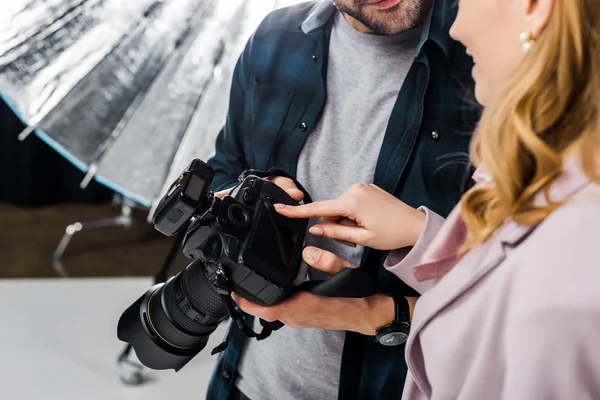
Instead of taking just one shot of each location, create small series that tell a more complete story. Take wide shots for context, medium shots for detail, and close-ups for texture or emotion.
This approach gives you more options when you’re editing later and helps you remember the full experience of each place. It’s also helpful when you’re unsure about the best composition — taking multiple angles means you’re more likely to capture something special.
Stay aware of your surroundings
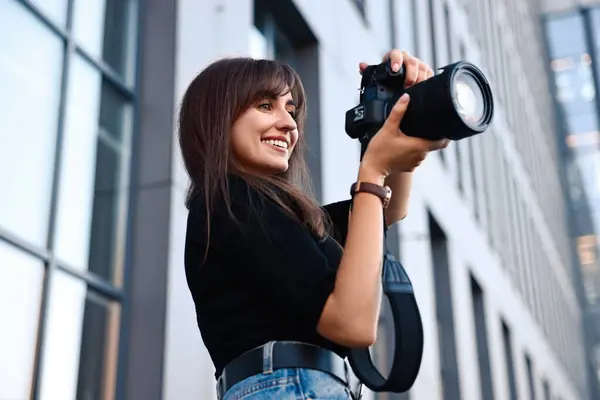
While getting that perfect shot is important, your safety comes first, especially when traveling alone. Expensive camera gear can make you a target, so be mindful of your surroundings and trust your instincts about when and where to pull out your equipment.
In busy areas, keep your camera strap around your neck or wrist, and consider using a smaller, less conspicuous device for street photography. Sometimes the best approach is observing first and photographing second.
Back up photos regularly

Nothing ruins a solo trip faster than losing all your photos to a dead phone or stolen camera. Set up automatic cloud backups when you have Wi-Fi, and consider bringing a small portable hard drive for extra security on longer trips.
Many cafés and accommodations offer free Wi-Fi perfect for uploading your daily shots. Make backing up part of your evening routine, just like charging your devices — future you will be grateful for this habit.
Like Travel Pug’s content? Follow us on MSN.
Embrace imperfect moments
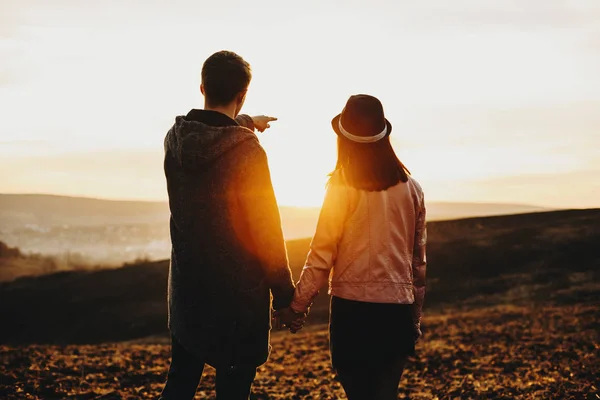
Solo travel rarely goes according to plan, and neither should your photography expectations. Rain, crowds, construction, and unexpected detours often create more interesting photo opportunities than perfectly planned shots.
That blurry photo of you running to catch a train or the slightly crooked selfie with a street performer might capture the real spirit of your adventure better than any posed portrait. Sometimes the photos that seem like mistakes in the moment become your favorites later.
When solo becomes a superpower
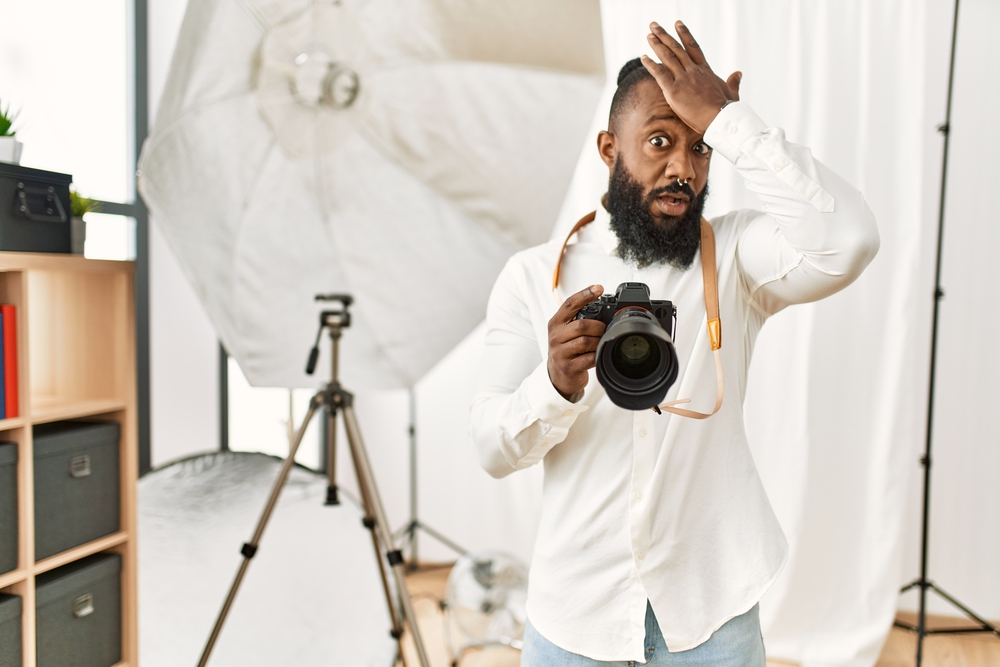
Solo travel photography has evolved from a necessity into an art form, thanks partly to advancing camera technology and partly to travelers embracing the creative freedom that comes with exploring alone. What once required asking strangers for help or missing out on being in photos has transformed into a skill set that many photographers now prefer.
The patience, creativity, and technical knowledge you develop while documenting solo adventures often surpasses what you’d learn traveling with others. These skills don’t just make you a better travel photographer — they change how you see and interact with the world around you.
More from Travel Pug

- 20 Best Beach Towns in the Carolinas
- 13 Destinations Where Tourists Regularly Regret Their Trip
- 20 Things You Actually Get in First Class
- 20 Small Airports With Aviation Museums
- 20 Places in the U.S. That Are Perfect for a Reset Trip
Like Travel Pug’s content? Follow us on MSN.
